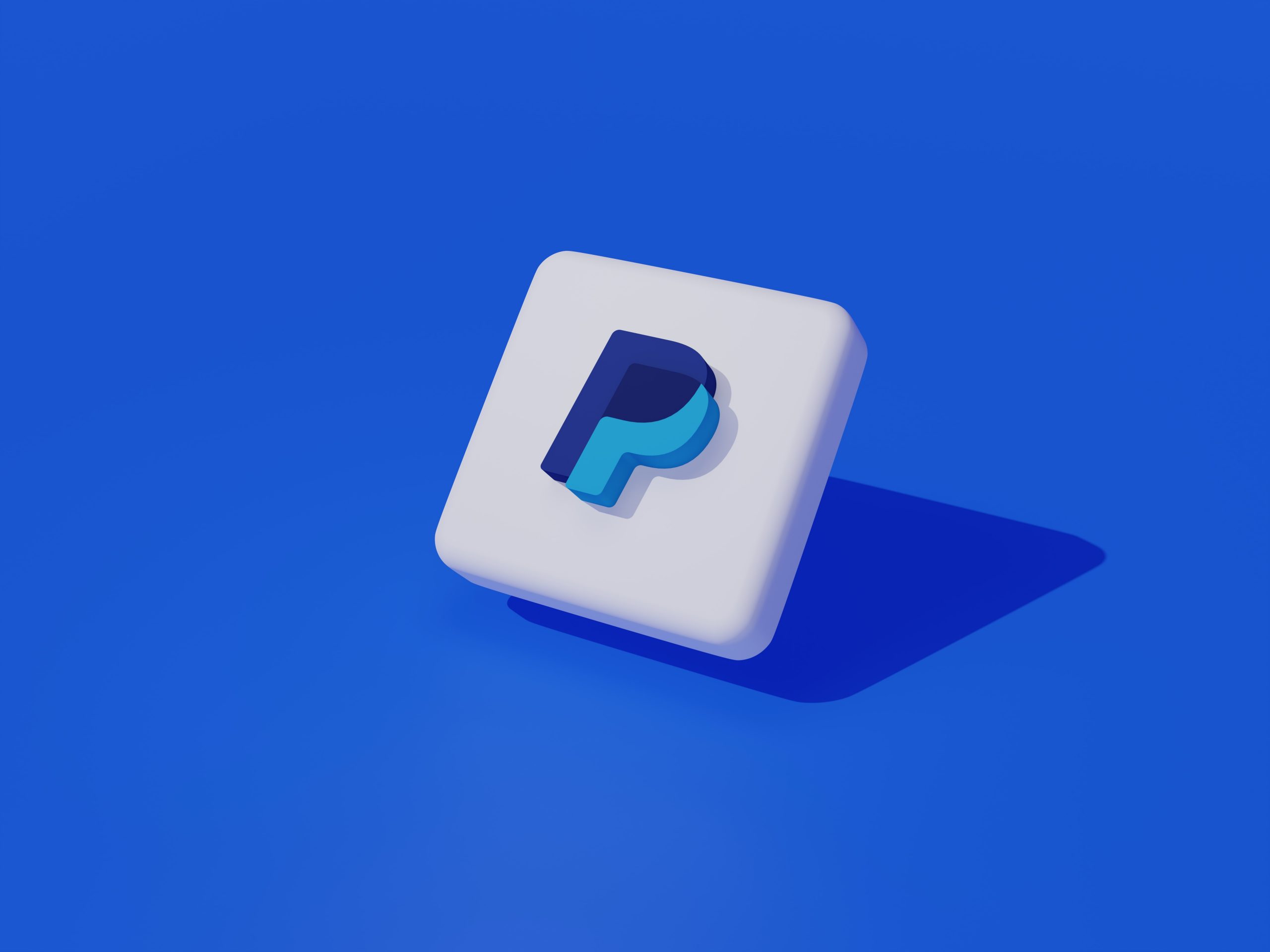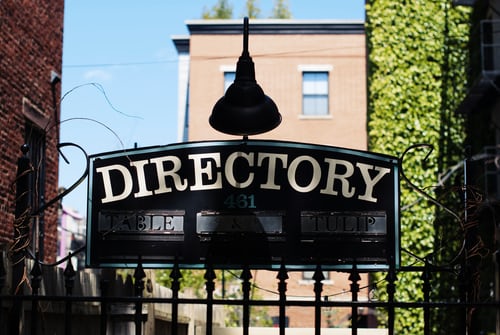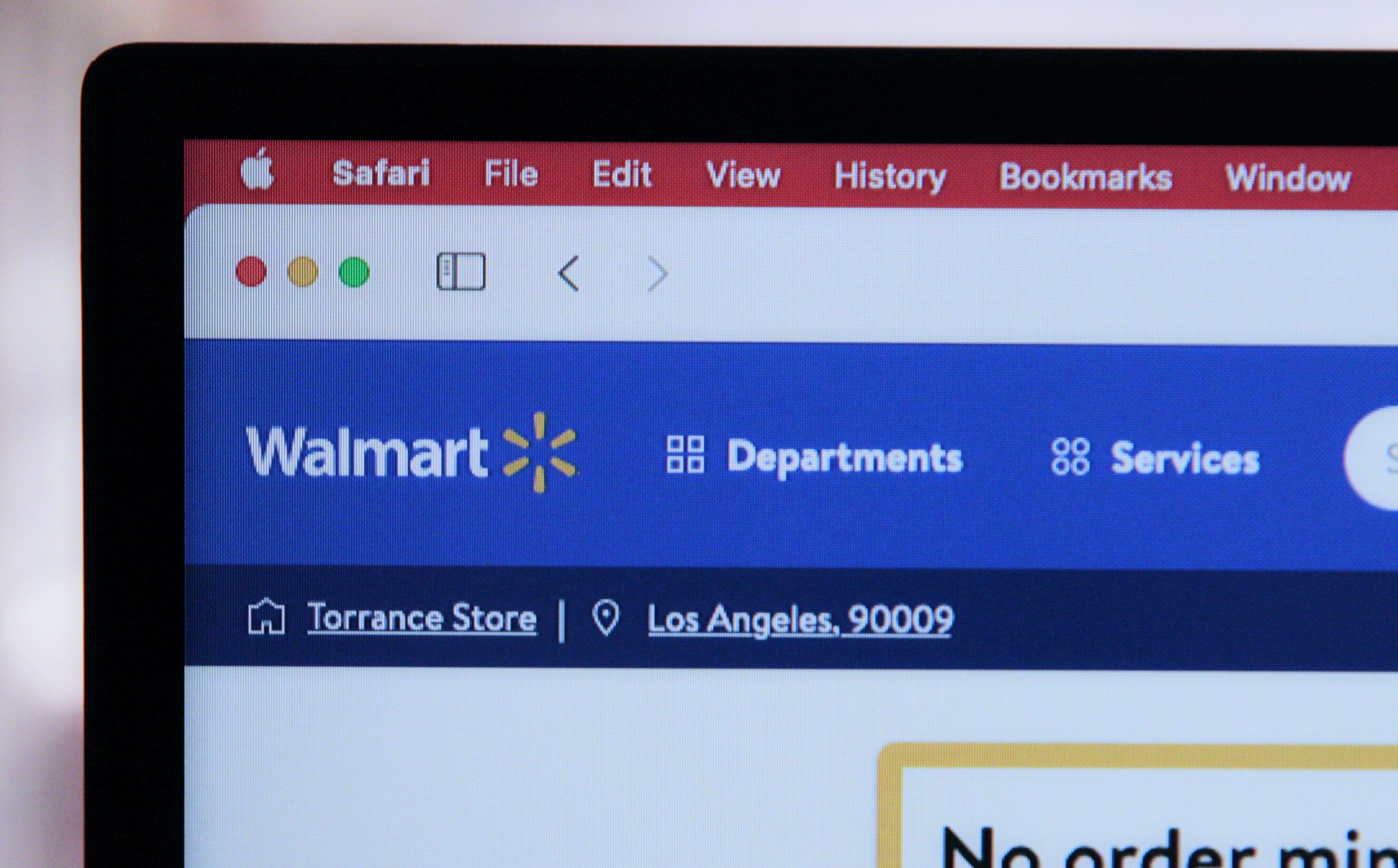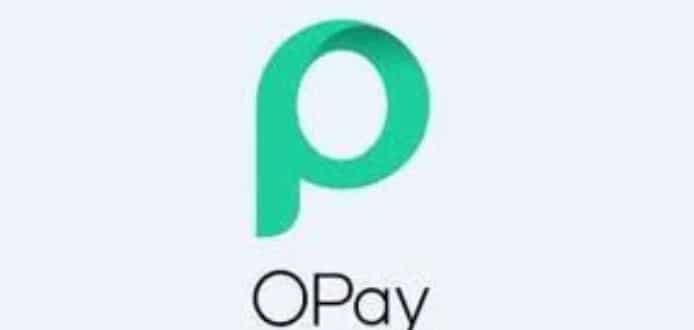How does PayPal make money? If you’re one of the many people who have used PayPal at some point in your life, you’ve probably wondered this very question. You may even consider using the service but don’t want to pay unless you know it will be worth your while financially. Here’s how PayPal makes money and why it’s one of the best ways to transfer cash online today.
Chargebacks
A chargeback is when a customer asks their credit card company to remove charges from their credit card statement. This typically happens when customers dispute a transaction that they claim was fraudulent or never happened, but there are other reasons. Chargebacks can be devastating for small businesses since it costs hundreds of dollars to fight each chargeback and thousands of dollars in lost revenue if a merchant loses a case. In 2013, PayPal reported receiving 5 million chargebacks on $74 billion in transactions, resulting in about $1 billion in losses ( PDF ). This makes chargeback management one of PayPal’s highest priorities; as such, many merchants use PayPal Risk Management as part of their business strategy to help protect themselves against fraudulent transactions. For example, merchants can require buyers to enter a verification code sent via text message before releasing funds into their account. While not foolproof, these measures make it more difficult for scammers to take advantage of sellers’ good faith.
Payment Processing Fees
When you use your credit card to buy something from a merchant, it’s not just that merchant who takes a cut of that sale. There are usually four different organizations—the merchant and their bank and Visa and MasterCard—trying to take a bite out of each transaction. Every time you swipe your card for coffee at Starbucks, about 1 percent of that purchase goes to both Starbucks and your credit card company; another 3-4 percent goes to Visa or MasterCard. That’s where PayPal comes in. Because it doesn’t charge its users fees on transactions, it can offer merchants lower rates than they might get elsewhere (and pass those savings along to consumers). PayPal charges merchants fees when customers sign up for accounts or make recurring payments to make up for lost revenue. Plus, because most people don’t carry around cash anymore, PayPal also makes money by charging interest on balances held in users’ accounts.
Merchant Services
First and foremost, PayPal offers merchant services. Whether you’re an online retailer or a brick-and-mortar store, if you want to accept credit cards—and you want to get them securely—PayPal can help. Fees range from 2.9% per transaction (with a $0.30 flat fee) for buyers paying with debit cards on small purchases to 2.4% + $0.30 for buyers paying with credit cards on more significant transactions, plus a 30¢ monthly fee for each active card from your account; depending on your needs and your business model, these fees may be more than worth it to eliminate interchange rates and other burdensome financial regulations that apply when accepting credit cards via traditional payment channels. Plus, merchants get access to all of PayPal’s tools and features, which we’ll cover next.
Freeloaders
Most of us don’t like paying fees. We have to make a monthly rent payment, and that’s about it for costs we are happy to write a check for. Sure, it can be convenient to pay bills with your credit card, but most people would instead use their debit card because of the fee you get charged each time you do so. The same thing goes for paying someone back with your credit card—why pay more in costs than what you were initially going to spend? That’s how Paypal found its way into our pockets. They made paying money as easy as sending an email. And they didn’t charge us any extra fees for doing so. They gave us free money when we signed up! So now they have all these freeloaders who take from them without giving anything back (or at least without giving very much). How does Paypal make money? It turns out that those freeloaders aren’t a problem after all. They are still making plenty of money off their users—just not in ways you might expect. PayPal makes money by using these freeloaders to increase revenue by over 300%.
Credit Card Rewards Program
To put it simply, credit card rewards programs give customers incentives to use their cards. Credit card companies make money by charging interest on new purchases and balance transfers, so offering cashback or points for using your card makes sense as a marketing strategy. Credit card rewards are also an easy way for customers to spend more than they intended to—there’s an entire industry called churning dedicated to helping people maximize their rewards from credit cards. Most people who participate in these programs don’t do so rationally; they only look at what they will get back. There is no consideration of how much they’ll pay in fees or how much interest they’ll accrue over time. If you have good self-control and can pay off your bill every month, credit card rewards programs can be lucrative. For example, if you spend $500 per month on your credit card and earn 1% cashback ($5), that’s $60 per year (or $5/month). If you want to take advantage of a program like that, you should probably just set up an automatic savings account with that amount instead!
PayPal Make Money Through Donations
If you’re not selling anything, you’re missing out on a massive chunk of revenue. People love giving money to worthwhile causes and want to donate directly; they don’t want to navigate your site to give their hard-earned cash. Donations usually come with few strings attached and even offer donors something in return (often a tax deduction). So there are plenty of incentives for charities, non-profits, or others providing social services to use donations to collect funds. That said, charity should be its reward—if it isn’t, then people probably aren’t donating enough or supporting themselves on donations alone. A good rule of thumb is that if you’re asking for money, make sure you can answer yes to these three questions: 1) Is your cause worth supporting? 2) Are you doing all you can do without asking for help? 3) Are there other ways I can support your cause besides giving money? If so, then maybe it’s time to try them first.
PayPal Make Money Through Funding Rounds
One of my favorite parts about researching PayPal’s business model is that they’ve been incredibly transparent. Unlike most financial institutions and companies, they explain their business model, especially regarding funding rounds. A round is how a company raises capital. When startups are first formed, they often do an angel round, which means friends and family invest a small amount of money in exchange for partial ownership of the company. Once you have some traction (i.e., people like your product), you can raise more funds through venture capitalists (VCs). This usually happens during a Series A round but can happen at any time if your startup has proven itself to be successful or promising enough. If VCs like your idea, they’ll give you millions of dollars in exchange for equity—typically 20%–30%. Once you reach certain milestones—usually after your Series B or C rounds—you can go public on Wall Street via an initial public offering (IPO). Investors buy shares from you directly instead of through VC firms during an IPO. You still get cash from them, but there are now many more shareholders who own pieces of your company.
Other Products And Services
PayPal is a truly unique company. For example, you can use its service to send money internationally in seconds from a mobile phone or computer. In addition, it offers its users an innovative way to use their favorite payment methods for eCommerce (digital commerce). But what about profit? How does PayPal make money? There are several ways, and some of them might surprise you. Here are four of our favorites. 1. Handling payments for other companies. When businesses that want to accept credit cards don’t have access to one, they can turn to PayPal for a solution, giving consumers another way to pay when all others are off-limits (often at no additional cost beyond credit card fees). This also leads us into… 2. They are offering prepaid debit cards. Like many banks offer gift cards and rewards points, PayPal lets users purchase its own branded prepaid debit card. 3. Providing business financing. Suppose your business needs capital but doesn’t qualify for a loan from traditional sources like banks. In that case, PayPal Working Capital may be able to help you get started on your next big idea by providing small loans up to $500,000—and at lower rates than most traditional lenders! 4. Offering merchant services. If you’re an established business looking for new ways to streamline operations and grow revenue, why not look into merchant services offered by PayPal? You’ll gain access to affordable online tools designed specifically for businesses like yours.
Bottom Line On How Does PayPal Make Money
PayPal makes money is a bit complicated, but it’s not hard to understand. Knowing how payments work is key to learning how costs can better support your business—and what you can do to get ahead of your competition. At its core, how PayPal makes money is a simple transaction. First, sellers agree to take PayPal in return for their goods or services. Then those sellers pay a small fee to accept each payment they receive through PayPal; when they send an order out, and it’s delivered, they forward that cost to eBay to get its cut (2.2 percent plus $0.30 per transaction). It added more than $1 billion in revenue last year alone. But there are also some less-obvious ways that PayPal makes money as well. For example, PayPal offers several different products and services beyond its original purpose as an online payments processor, including digital wallets like Venmo and Xoom; merchant accounts for businesses that want to accept credit cards online; peer-to-peer lending platforms like Lending Club; online retail sites like Zulily; even consumer protection insurance products for consumers who buy items from untrusted sellers online. And many of these other products generate significant revenue for PayPal too. So how does PayPal make money? It all comes down to transactions—the same way any other company does.












